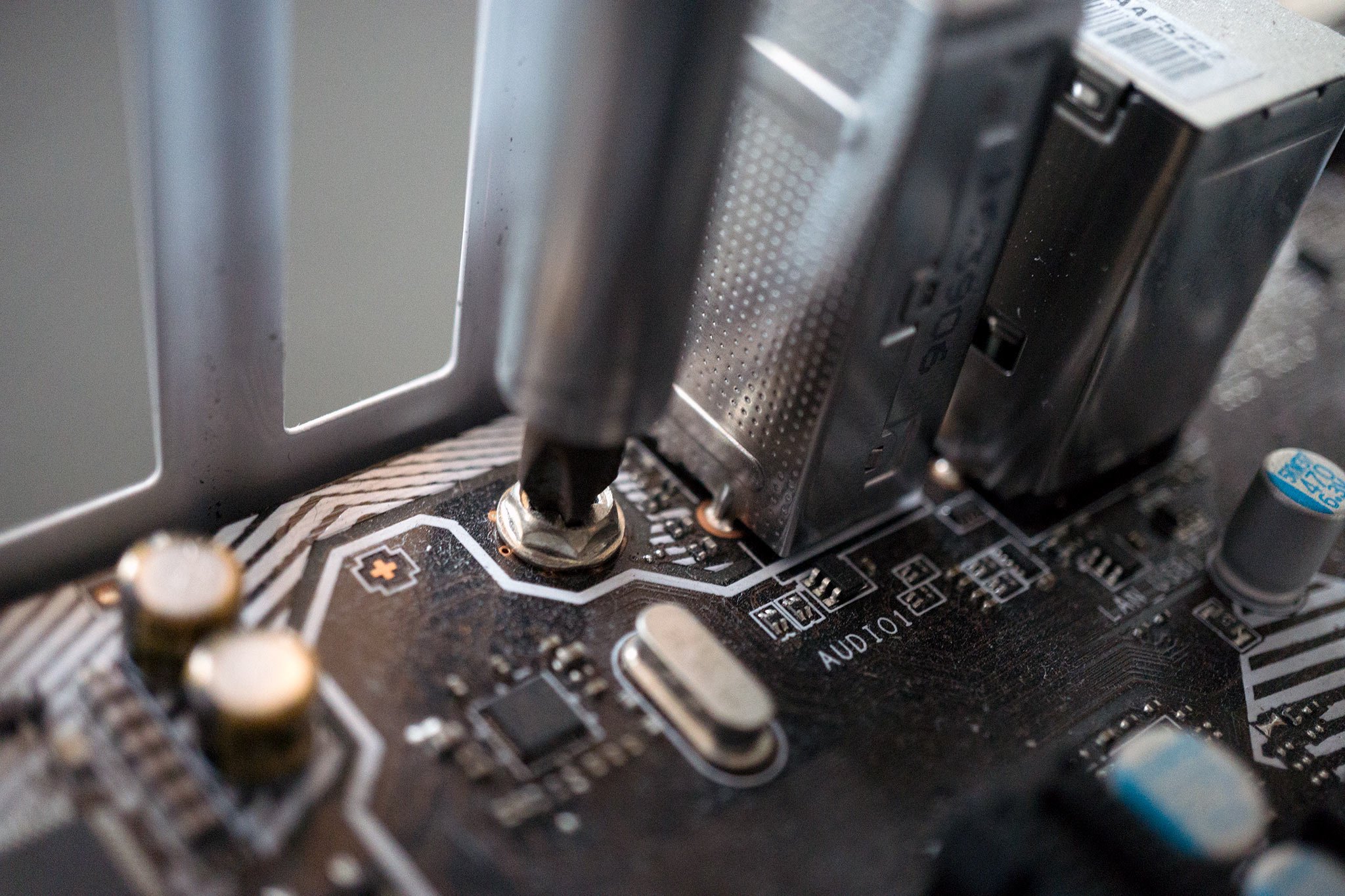
Building your own PC can be a rewarding, money-saving experience, but not everyone has the time or feels comfortable enough to do it themselves. Major PC manufacturers understand, and most have a lineup of pre-built desktop devices ranging from budget productivity machines worth a few hundred dollars to extreme gaming rigs that cost thousands.
One possible route to take when PC shopping is buying a budget pre-built now with plans of upgrading yourself in the near future. It doesn't seem quite as complicated as starting from scratch, and besides, you'll have a device that powers on today rather than in a few weeks when all the parts arrive and you've assembled them properly.
The short game vs. the long game
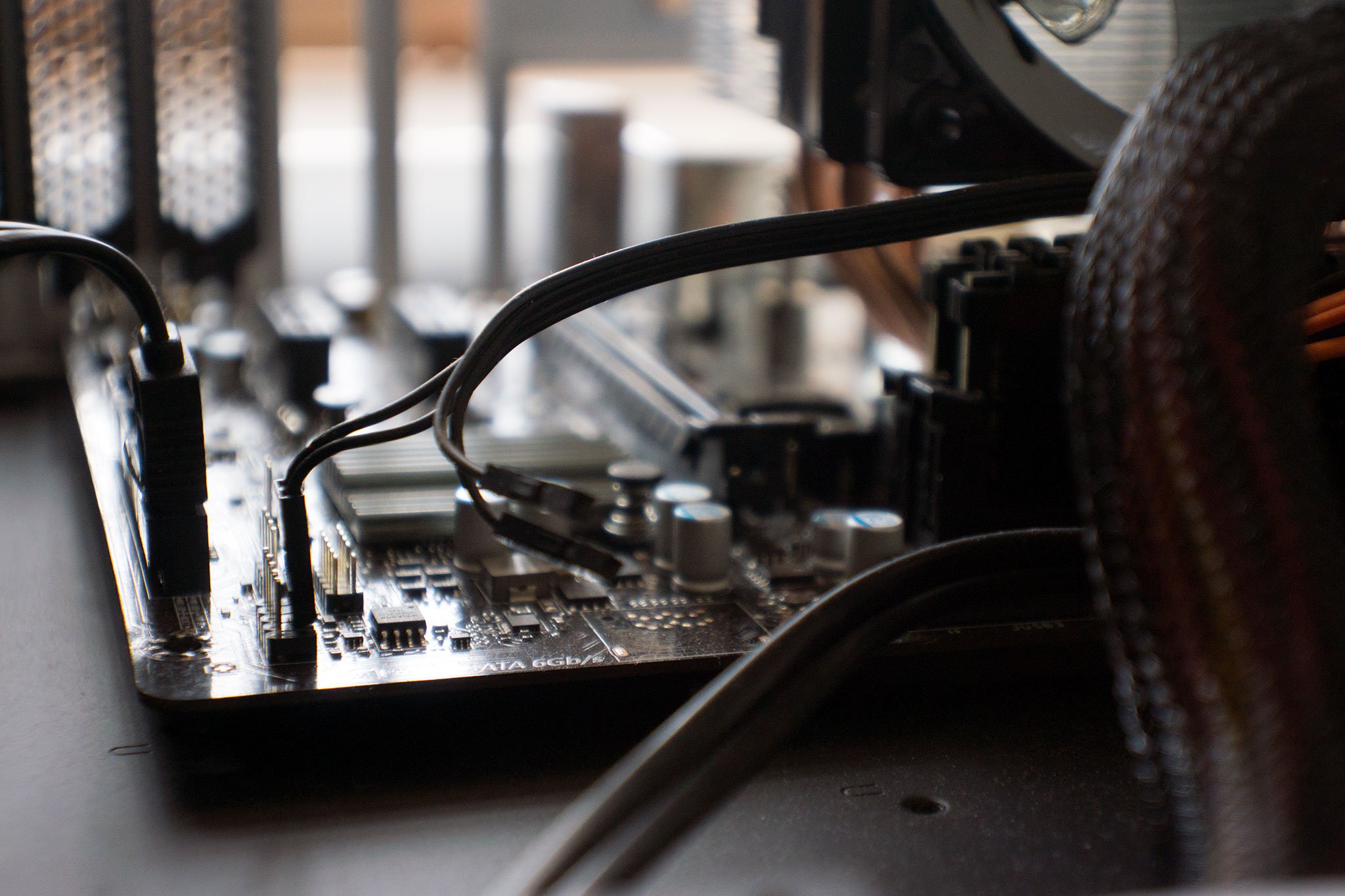
Buying budget now — I'm talking a device that sits around the $500 mark — with plans to upgrade slowly over the next year or so can be considered the short game. You're getting a pre-built PC that works as soon as you open the box, but it's not going to have the same power as something in the $750 or $1,000 range.
Playing the long game, on the other hand, either means you're saving up a bit longer for a mid-range or high-end pre-built PC, or you're going to wait for separate parts to go on sale and build something yourself. If you're holding out on building your own device from scratch because of a lack of confidence, remember that you're going to be tinkering inside anyway when you decide to upgrade your budget rig. Would you rather pop open a PC and guess which cables go where, or would you like to know it from the ground up? The ease of PC building has come a long way, especially when you take advantage of our step-by-step guide.
How to build a PC: The ultimate step-by-step guide
Still, many don't have the time to get into this (consuming) hobby. If you're looking to buy budget and upgrade, there are some things to keep in mind.
The budget PC's components
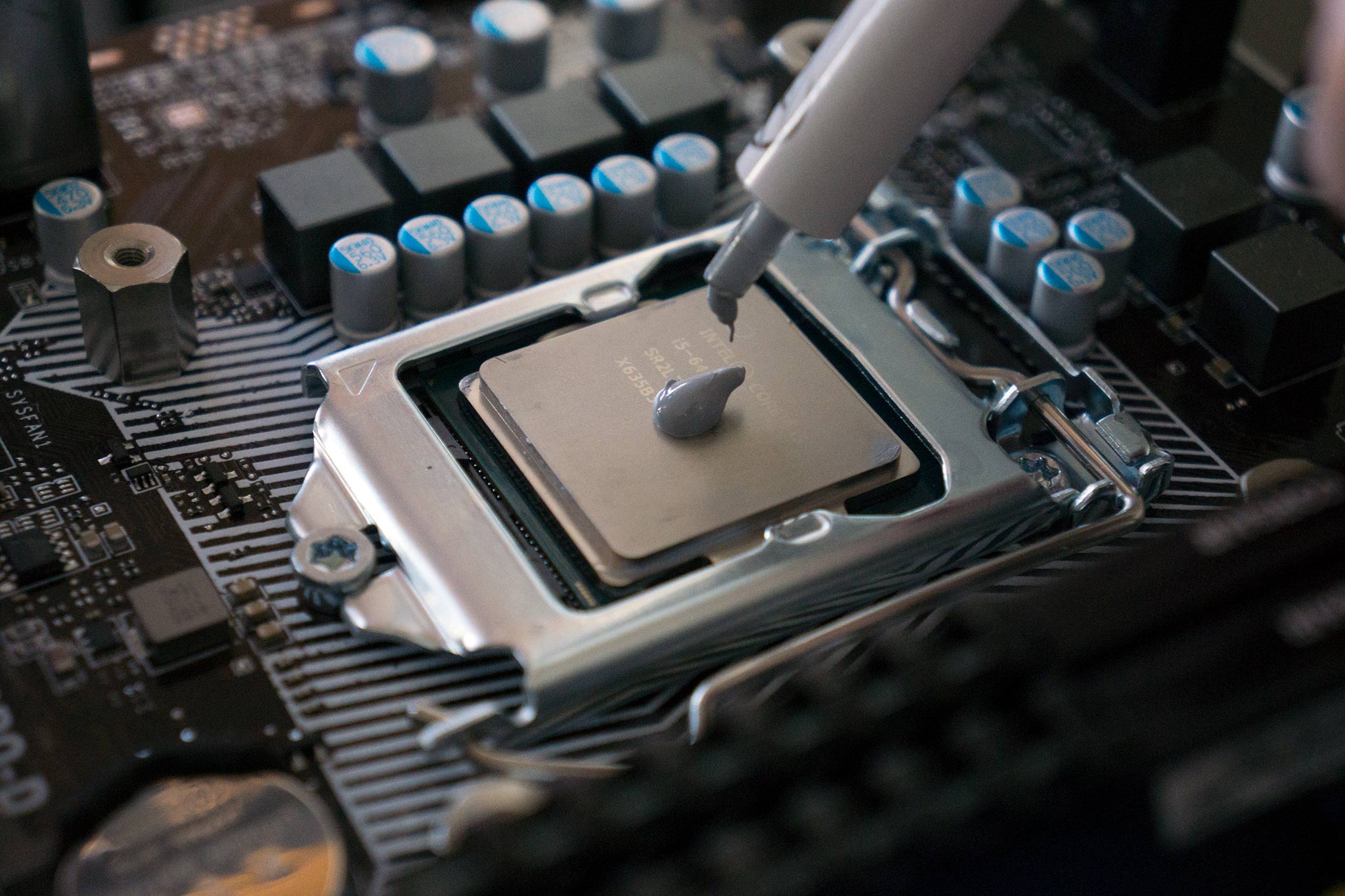
While budget PCs will usually offer up at least a semi-recent processor (CPU) that should serve you well for a few years to come (one of my PCs is still using a second-gen Core i7), you're likely going to be getting a low amount of DDR3 RAM, a slow hard-disk drive (HDD), and no option for discrete graphics.
Get the Windows Central Newsletter
All the latest news, reviews, and guides for Windows and Xbox diehards.
Using DDR3 RAM instead of DDR4 isn't that big of a deal when it comes to performance, but adding extra RAM might pose a problem. You want to be sure that the PC can handle the amount of RAM you're thinking about adding.
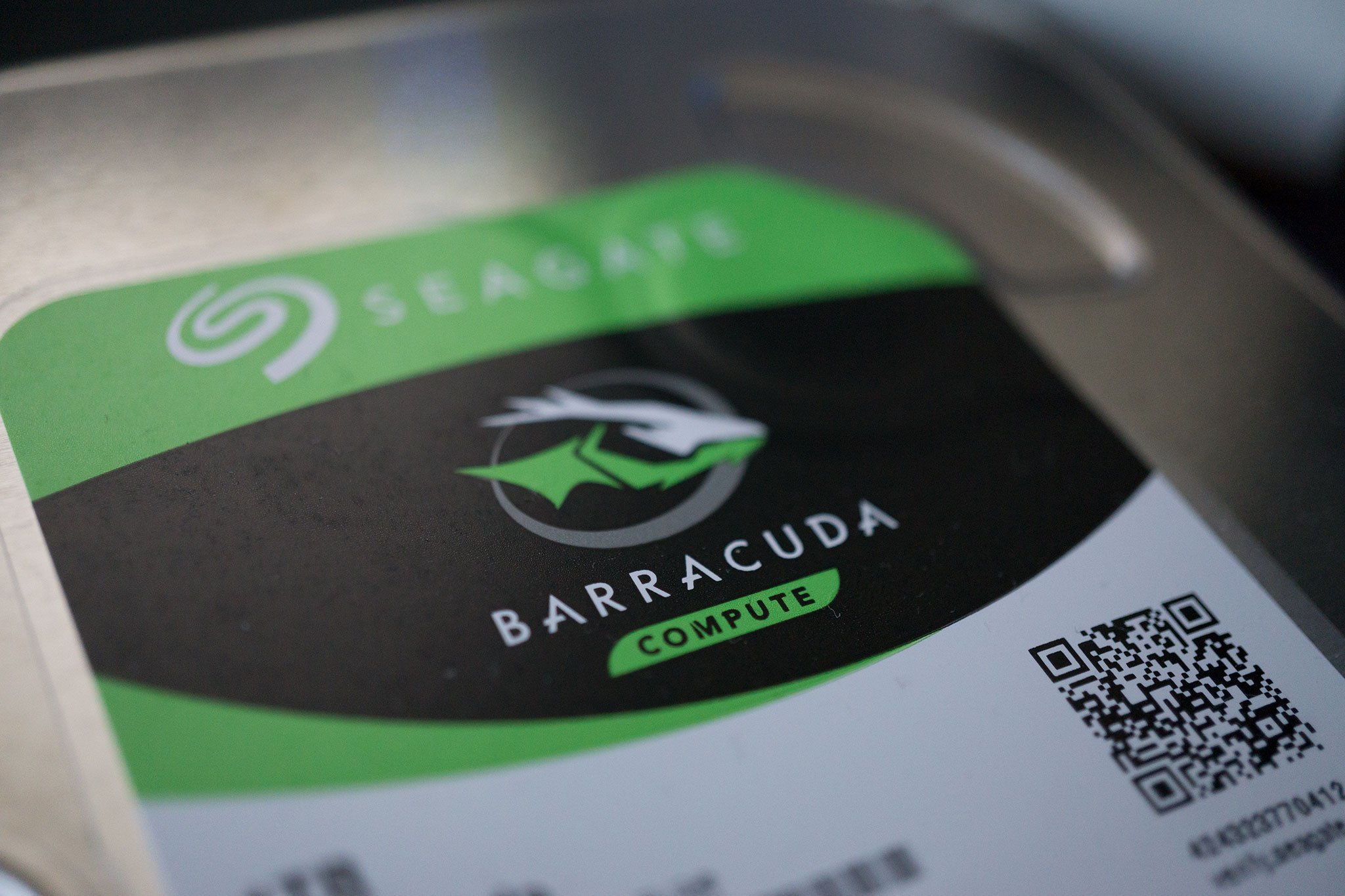
The performance of an HDD can be quite noticeable, especially if you're already used to using a solid-state drive (SSD). HDDs help keep the initial price down while offering up an attractive amount of storage, but this is one of the parts that is most commonly upgraded. When buying budget with plans to upgrade later, you can safely earmark a couple hundred for an SSD.
Finally, if you're interested in turning a budget PC into a gaming rig, you'll eventually be buying a dedicated graphics card (GPU). Not only does the motherboard need to have an appropriate PCIe hub, you also need to have enough RAM and a decent enough CPU to not cause bottlenecks. There's no point in putting a GTX 1080 GPU into a PC with a Core i3 CPU and 4GB of RAM.
- Everything you need to know about the GPU
- The ultimate GPU buyer's guide
The budget PC compatibility dilemma
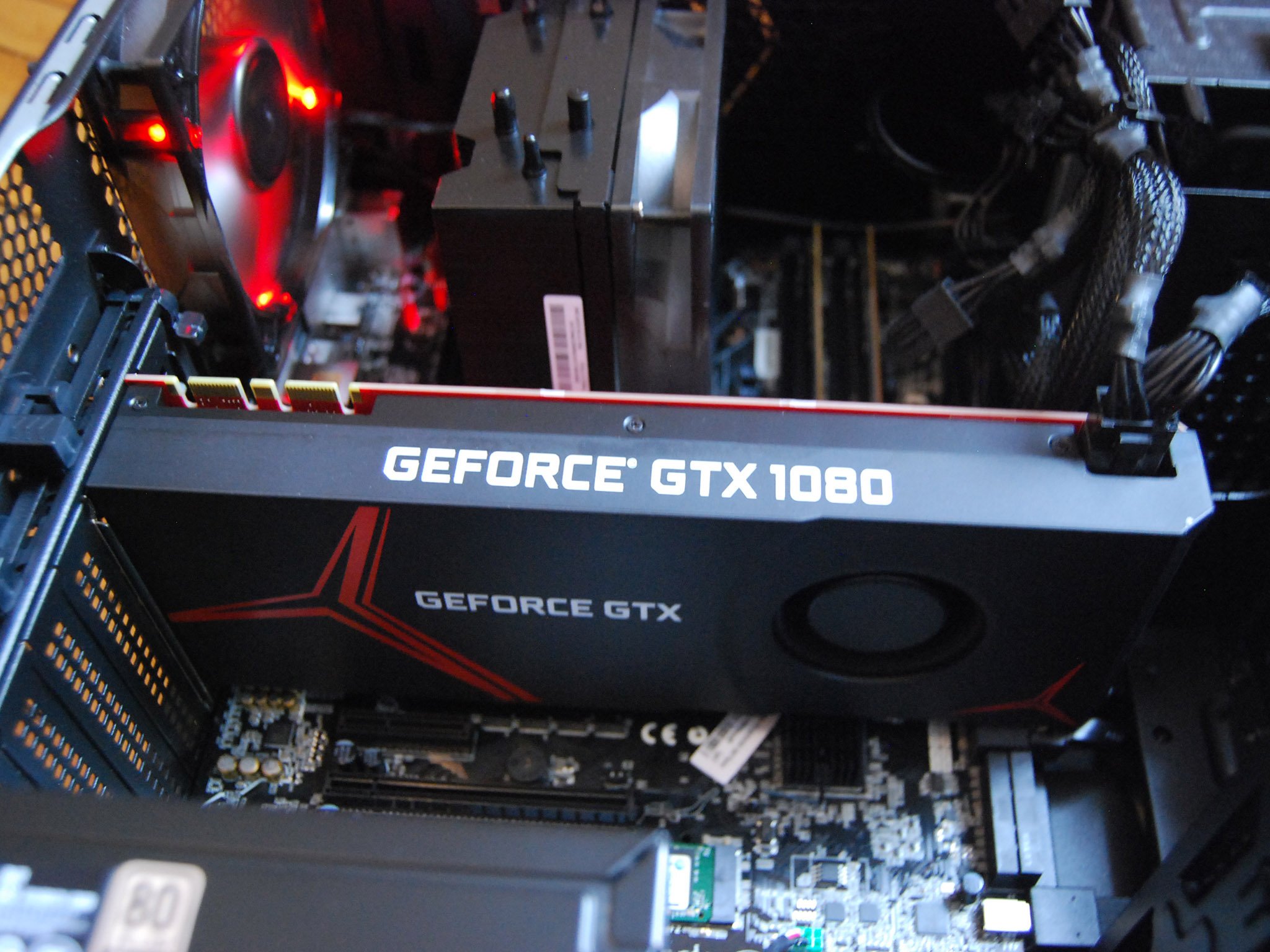
Say you're interested in putting a big new GPU into your PC. This might also require you to upgrade your CPU, as it's going to cause a bottleneck. Since buying the budget PC with an aging Intel CPU, there's a brand new AMD CPU that you have your eye on.
Here's the problem: a lot of different CPUs use different chipsets, and they aren't compatible with each other. If your motherboard is using a certain chipset, you're stuck buying a certain type of CPU. Now, this doesn't mean you can't find something good in that chipset, but this problem can snowball quickly.
That GPU is going to need more power, and the stock power supply unit (PSU) isn't up to the task. Likewise, the new motherboard doesn't support the RAM you have, so that's also been added to your list. Worst case, you'll throw up your hands in frustration and scrap the entire upgrade plan.
The budget PC case dilemma
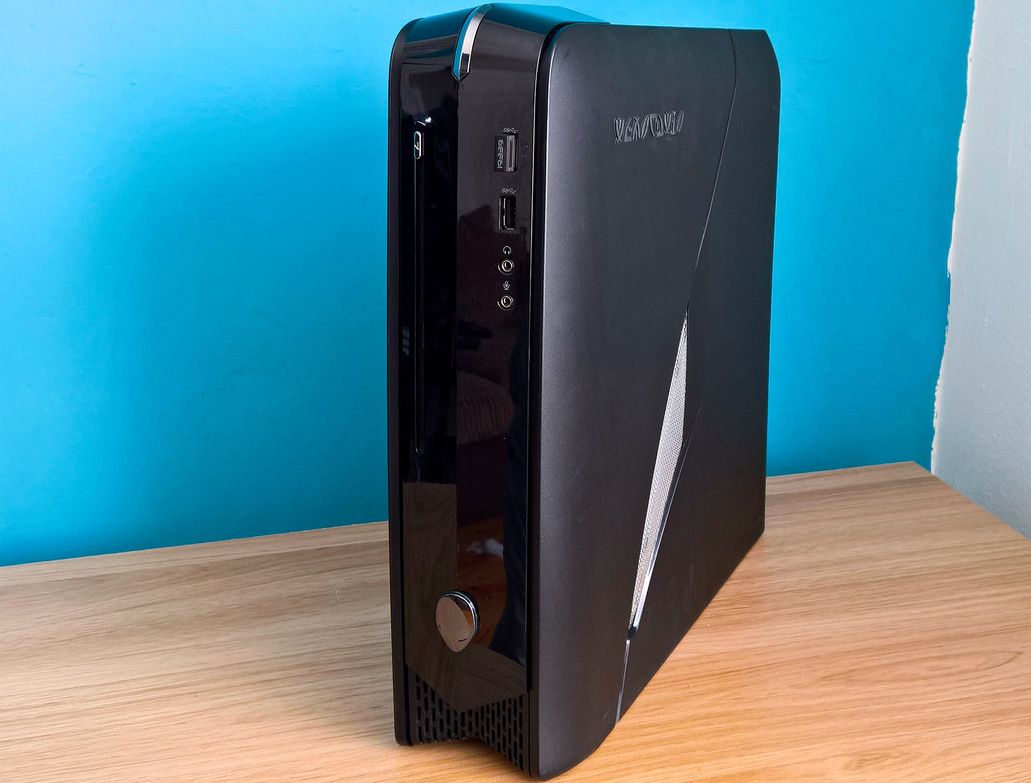
PCs generally come in a few standardized case sizes that make it easier to pick compatible parts. While shopping for budget PCs, it's evident that a few come in non-standard case sizes, which can pose serious problems down the line.
GPUs seem to keep getting bigger, and while there are certainly compact options, the big one you have your eye on might not fit in that slim-profile case. You could transplant the entire PC into a bigger case, but that's assuming the motherboard doesn't have something proprietarily funky going on that keeps you from doing so.
If you plan on keeping upgrades to a minimum, this isn't nearly as big of a problem, but again things can get out of hand quickly if you plan on turning the PC into a beefy gaming rig.
Is it worth upgrading a budget PC?
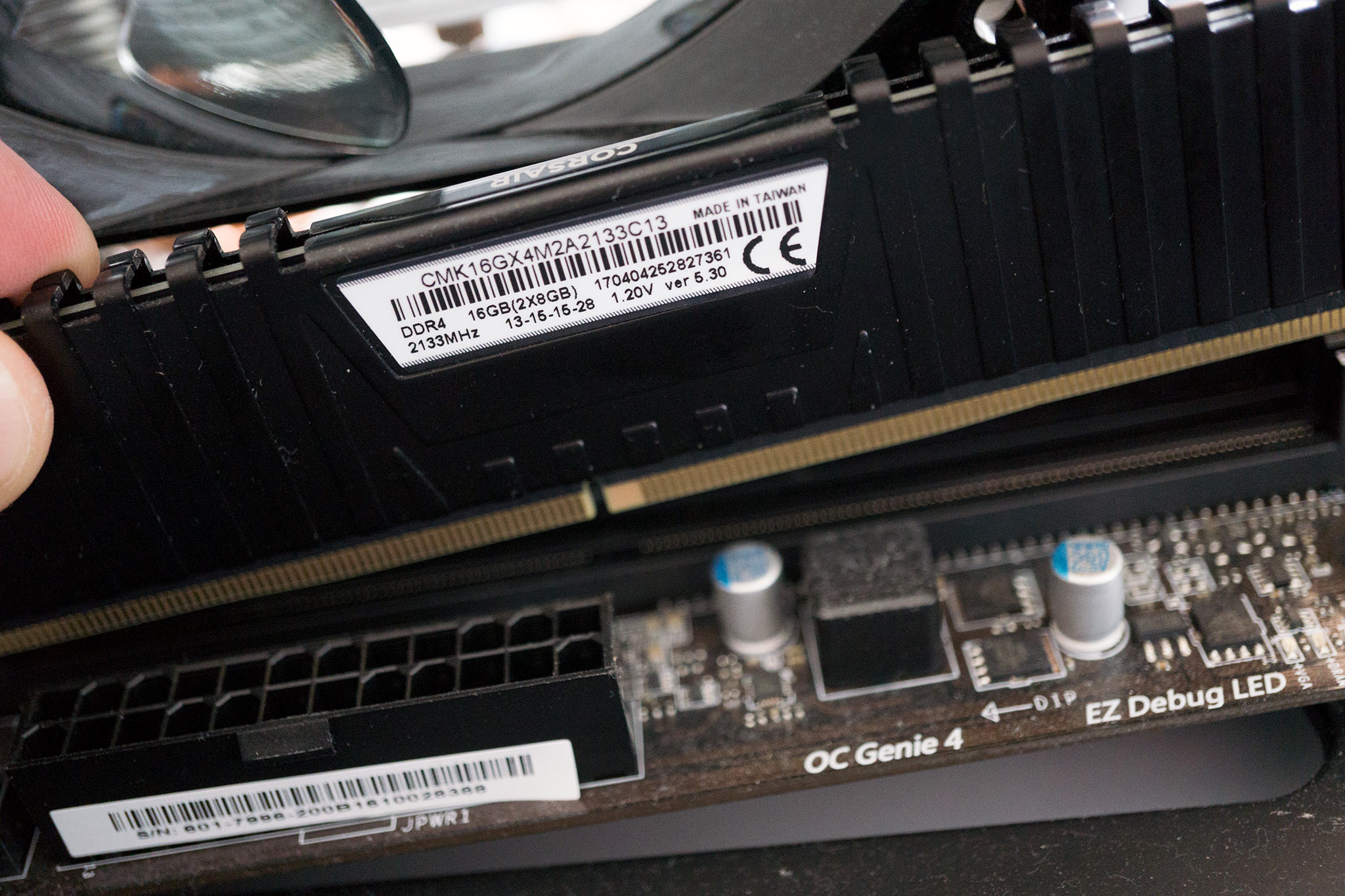
Buying budget now with concrete plans for some minor upgrades down the line isn't that bad of an idea. As long as you make sure there's room for the RAM you want and the new CPU you have your eye on is compatible with the chipset, you should be good to go. You might have an issue with the PSU, but that's far more likely if you're thinking of adding a dedicated GPU.
On that note, buying budget with concrete plans to turn it into a gaming PC won't work out as well. Upgrading just one part might turn into upgrading all parts, and in that case, you'll be wishing you'd just started from scratch to begin with.
My suggestion for would-be PC gamers that prefer a pre-built? Save up a bit longer and invest in something mid-range that won't require as many upgrades. You could also put that money into buying better parts separately, use our guides to build something yourself, and hit the power button for the first time and bask in the sweet hum of a PC you built booting for the first time.
More resources
- Best Budget PCs for Less Than $500 in 2018
- Best Desktop PC in 2018
- Best Gaming Desktop PC in 2018
- Best Desktop PC for VR in 2018
- Best All-in-One (AiO) PC in 2018
- Best Desktop PCs for Windows Mixed Reality in 2018
- Pros and cons of pre-built desktop PCs

Cale Hunt brings to Windows Central more than eight years of experience writing about laptops, PCs, accessories, games, and beyond. If it runs Windows or in some way complements the hardware, there’s a good chance he knows about it, has written about it, or is already busy testing it.
